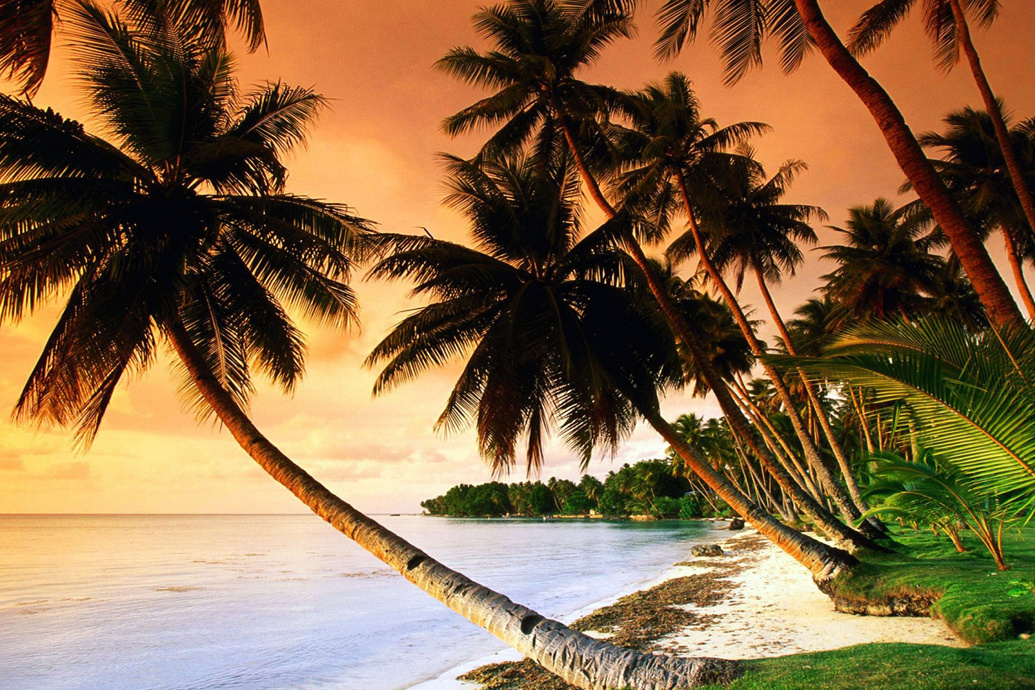The Federated States of Micronesia (FSM) is a collection of beautiful islands in the western Pacific Ocean that offers far more than the tropical paradise that one might initially perceive. Rich in cultural heritage and natural wonders, the FSM demands a closer examination. Here, we explore two intriguing facts about this distantly situated nation that may come as a surprise and provide deeper insight into its unique identity.
1. A Unique Political Status Defined by Compact of Free Association
At first glance, the political structure of the Federated States of Micronesia might appear to mirror that of a sovereign nation. However, it operates under a less conventional arrangement known as the Compact of Free Association (COFA) with the United States. Established in 1986, this treaty acknowledges the FSM’s independence while simultaneously granting substantial financial assistance and allowing U.S. military presence within its territorial waters.
This nuanced political relationship raises fascinating questions surrounding national identity and sovereignty. Many might assume that independence equates to complete autonomy, yet the FSM’s ties to the United States illustrate a complex dance between self-governance and external support. The agreement facilitates an influx of development aid, economic assistance, and subsidized education, all critical in a region plagued by geographical isolation and limited resources.
Furthermore, the COFA includes provisions for U.S. citizenship for FSM citizens, enhancing mobility and opportunity. This means that citizens can live and work in the United States without the need for a visa. It fosters an intertwined relationship where people from the FSM can contribute to the U.S. economy while simultaneously bolstering their homeland’s financial stability through remittances. This reciprocal dynamic delves deeper into the issue of migration, identity, and the impact of globalization on small island nations.
Yet, despite the assistance received, many residents wrestle with identity complexities born from this dual affiliation. The unique position of the FSM serves as a poignant reminder of the intricate balance between national pride and dependency. It invites us to question how dependence on a larger power can alter cultural landscapes and inform citizens’ perceptions of autonomy in an increasingly interconnected world.
2. The Cultural Heritage of Traditional Navigation
Micronesia’s cultural landscape is remarkably rich, characterized by intricate traditions and practices. Among these is a remarkable form of navigation that has largely been eclipsed by contemporary technology. The navigators of Micronesia, known as “wa’a,” embody a legacy that transcends mere practicality, inviting reflection on the profound connection between culture and the natural world.
Canoe navigation, particularly in the open sea without the aid of modern instruments, relies on a meticulous understanding of the stars, currents, wind patterns, and even the behavior of marine life. The traditional navigators possess an almost mystical knowledge passed down through generations, representing a sophisticated synthesis of observational acumen and empirical wisdom. This navigation art form, recognized as an endangered practice, captures the hearts and minds of those who delve deeper into Micronesian culture.
This technique has garnered global recognition, not just as a method of travel but as a cultural phenomenon. The revival efforts of traditional navigation in modern times reflect a resurgence of interest in cultural heritage and identity. Community leaders are striving to keep this ancient skill alive through workshops, training sessions, and sailing expeditions, reinforcing pride in their roots while simultaneously fostering a connection to the future.
An additional layer of fascination arises when considering how this ancient expertise embodies notions of sustainability and respect for the environment. The reliance on natural indicators speaks to an intrinsic understanding of and harmony with one’s surroundings. As climate change poses significant threats to island nations, the wisdom encapsulated in traditional navigation may hold valuable insights for contemporary environmental stewardship.
The importance of preserving such traditions cannot be understated, as they form the backbone of cultural identity. By exploring the intricacies of their past, individuals can cultivate a deeper appreciation for both their heritage and the broader implications of existence within a changing world.
In conclusion, the Federated States of Micronesia is often viewed through a simplistic lens as a tropical getaway, yet its political framework and cultural practices reveal a far more intricate narrative. The Compact of Free Association invites examination of the interplay between sovereignty, migration, and economic dependence. Meanwhile, the art of traditional navigation beckons an appreciation for the rich tapestry of heritage intertwined with the natural world. Understanding these dimensions prompts a deeper contemplation of what it means to belong to a culture, live in a global society, and navigate the ever-evolving landscape of human existence.









